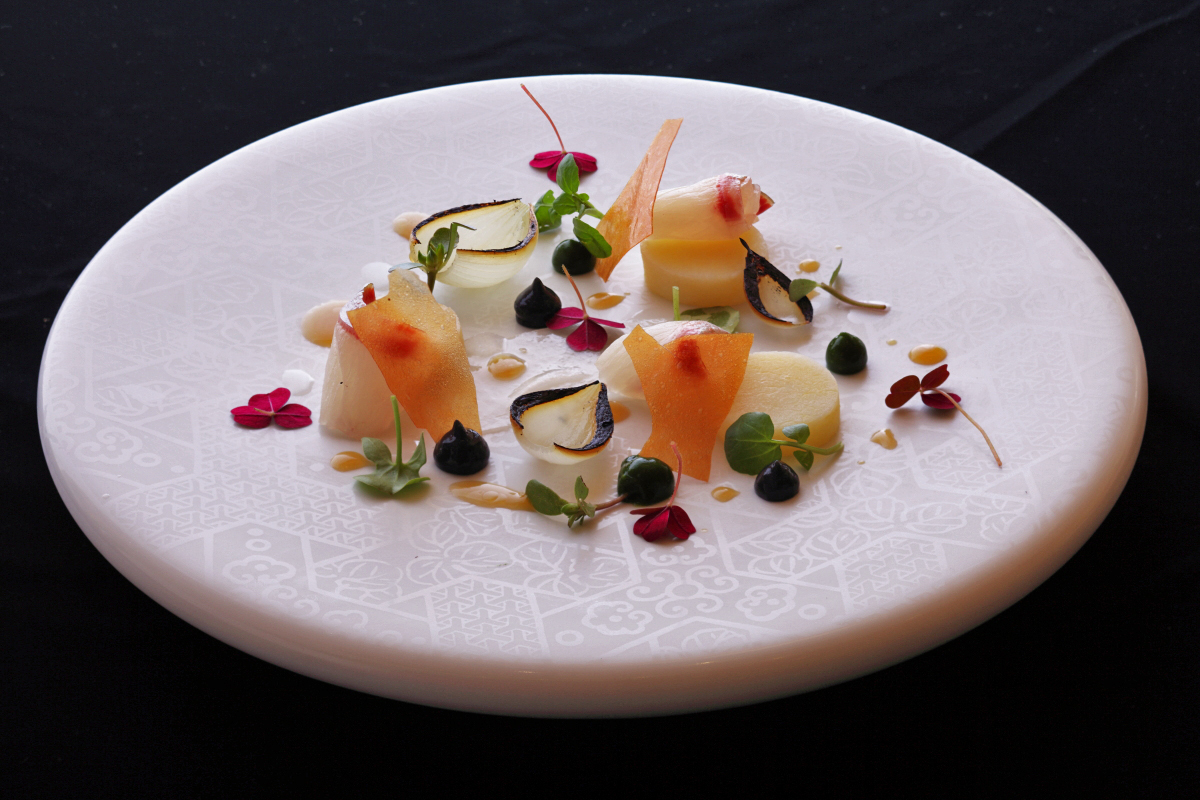For a few weeks in August and September, Yoshiyasu Harada hardly slept a wink. The young master potter of Kichiemon Porcelain Co. Ltd., in Saga Prefecture, had been immersed in making dozens of intricate ceramic plates.
In Harada's studio shards of broken pottery cover a table — consequences of tiny miscalculations in the moisture content of the clay or the temperature of the kiln. A few plates are drying in a dark cabinet — they look like flat mushrooms and seem to be in repose, waiting for their turn in the oven.
"It takes a day to paint one of these by hand," he says, showing me the finished product. It is a white disc with rounded edges that, at first, appear to be completely smooth. Upon closer inspection, I notice that the matte surface has been overlaid with the ghostly image of an Iro-nabeshima design — a classical pattern used in Japanese porcelain — painstakingly rendered in shiny white glaze. The effect was elegant and subtle, like that of a watermark.



